Fake news articles shared online by your friends and relatives could have serious effects in an offline world. Recently, a North Carolina man opened fire in a popular Washington, DC pizza restaurant, saying he was personally investigating a fake news story he believed to be true. The fabricated article claimed there was a child sex ring operating inside Comet Ping Pong, managed by Democratic presidential candidate Hillary Clinton and her campaign chair John Podesta.
Social media experts note that fake news could have influenced this year’s presidential election. The top 20 fake news stories on Facebook received significantly more traction than the top 20 news articles by established news organizations. According to a BuzzFeed analysis, 75 percent of U.S. adults are fooled by these fake news headlines and according to Pew Research, 20 percent of social media users report changing their political stance due to material on social media. With 62 percent of Americans using social media as a news source, there is a potential for a significant number of voters basing their political decisions on false headlines. BuzzFeed Canada Editor Craig Silverman has been studying the fake news phenomenon for over decade. He sits down with Soledad O’Brien to explain the business models that promote misinformation and the difficulties of combating fake news.
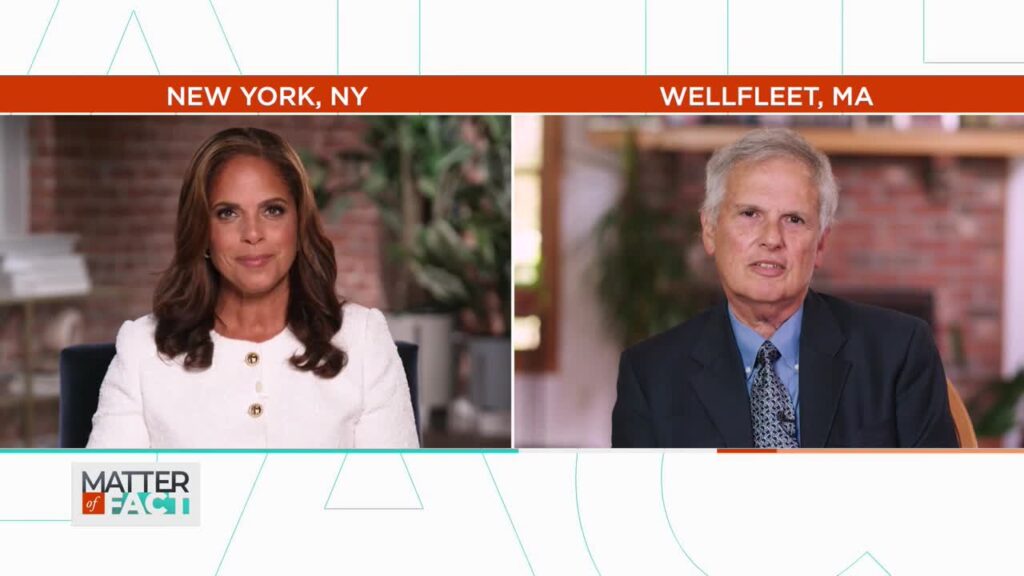
How the Vice Presidency Has Evolved
July 14, 2024How the Vice Presidency Has Evolved
July 14, 2024
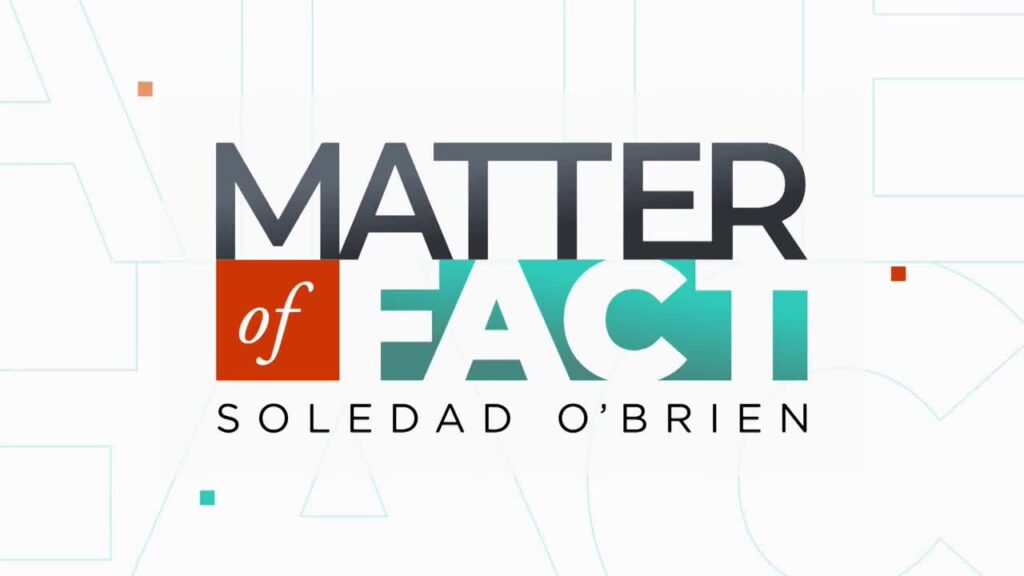
JULY 13, 2024
July 14, 2024JULY 13, 2024
July 14, 2024
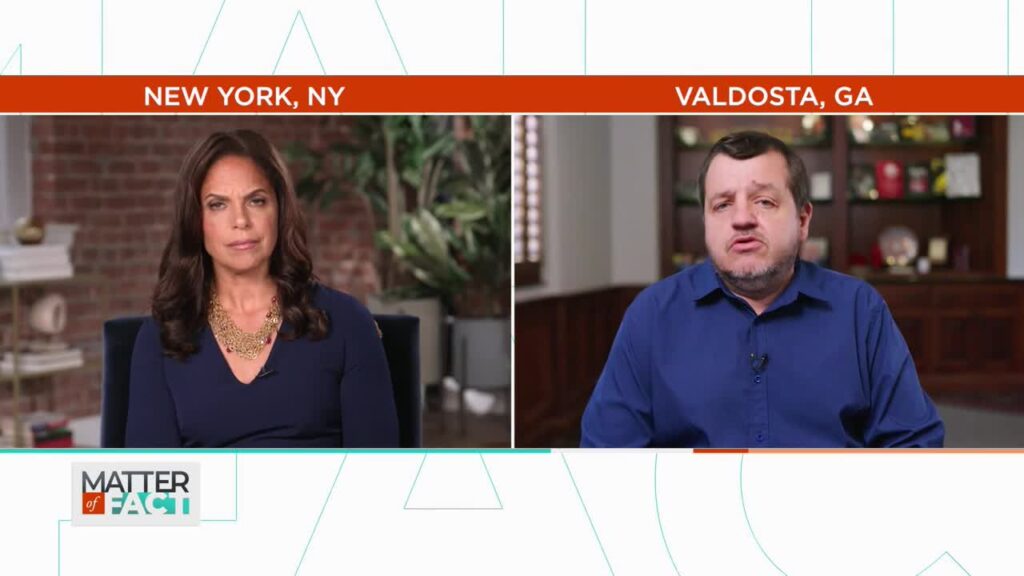
How Third Parties Impact the American Democracy
June 2, 2024How Third Parties Impact the American Democracy
June 2, 2024

JUNE 1, 2024
June 2, 2024JUNE 1, 2024
June 2, 2024
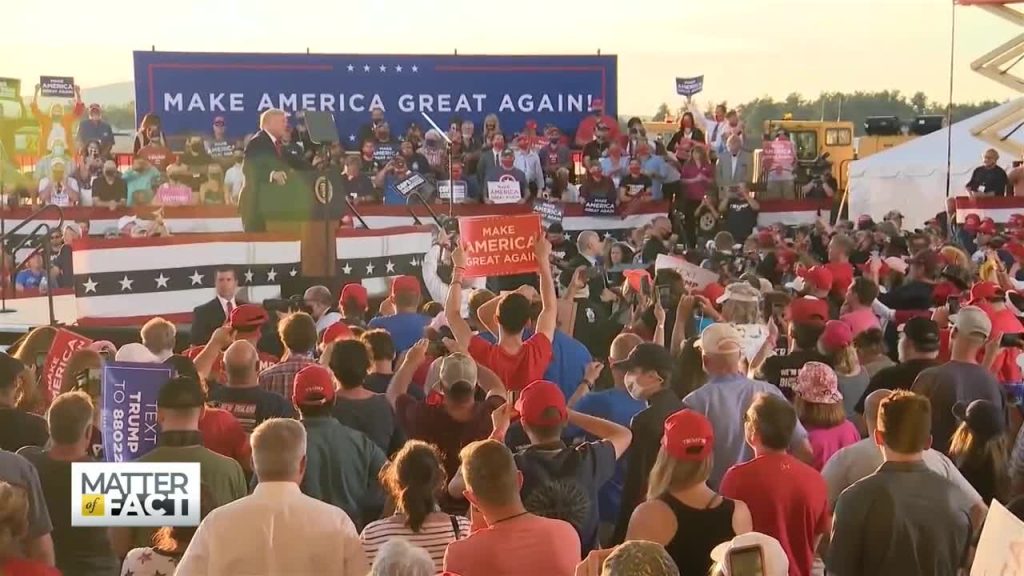
The Lincoln Project: Why Some Conservatives Are Looking to Take Down Trump
October 25, 2020The Lincoln Project: Why Some Conservatives Are Looking to Take Down Trump
October 25, 2020
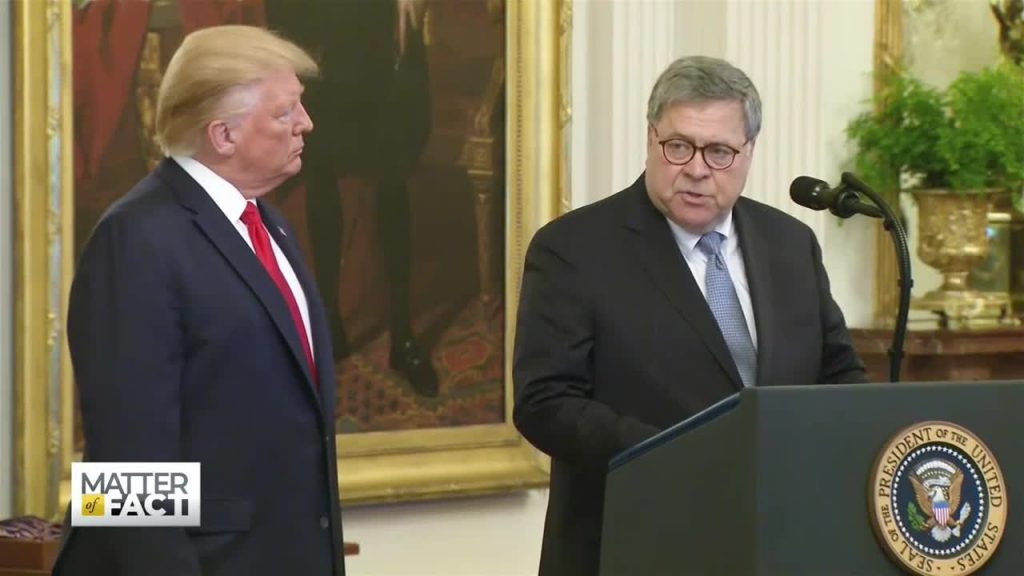
Should You Pay to Defend the President in Court?
September 13, 2020Should You Pay to Defend the President in Court?
September 13, 2020
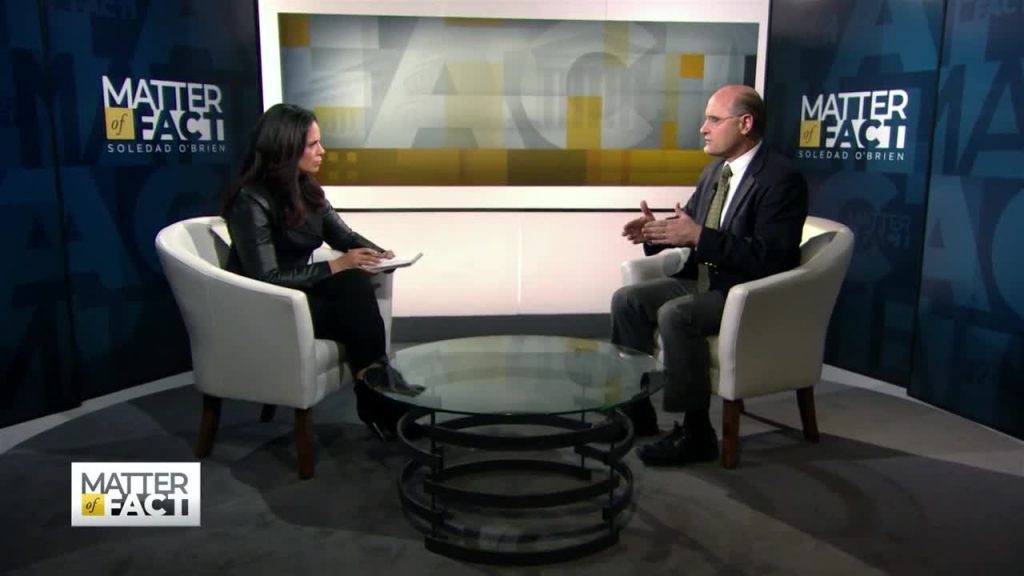
Is It Time to Change the Electoral College?
February 8, 2020Is It Time to Change the Electoral College?
February 8, 2020
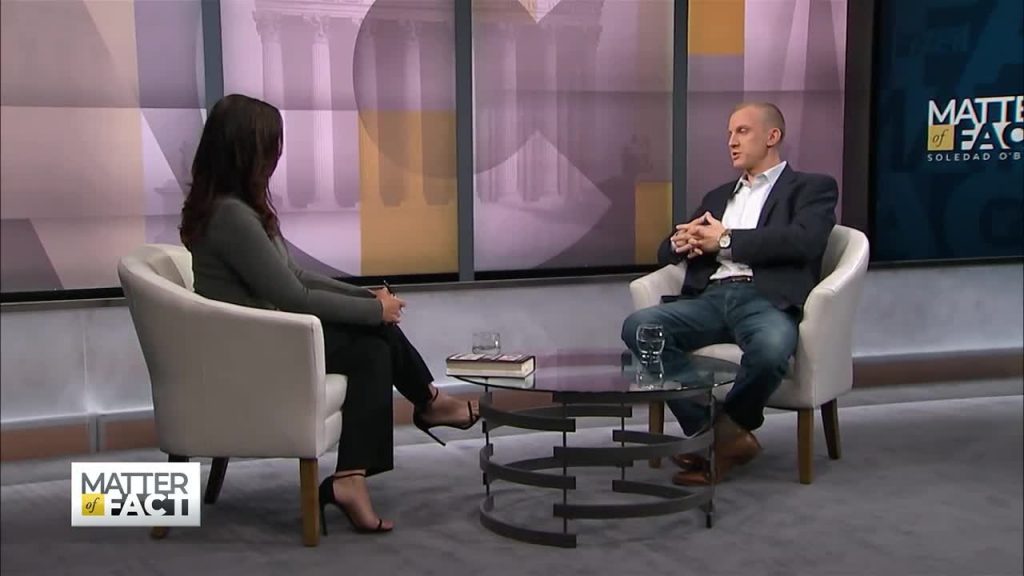
‘American Carnage’ explores the rise of President Trump
July 27, 2019‘American Carnage’ explores the rise of President Trump
July 27, 2019